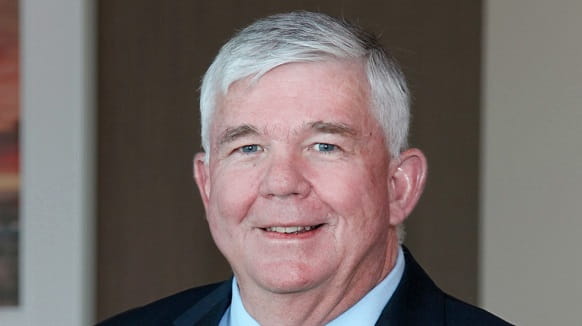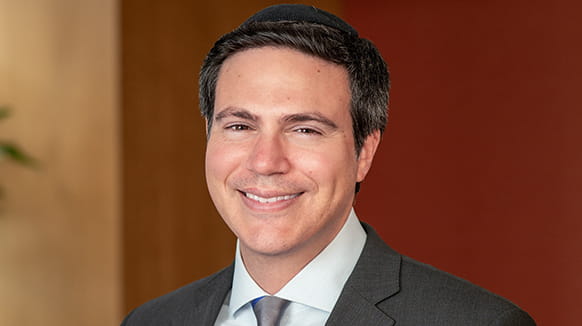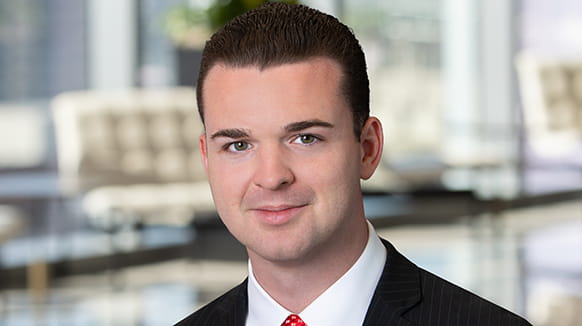Haynes Boone Partners David Bender and Jeremy Herskowitz and Associate Paul Spagnoli authored an article in the New York Real Property Law Journal on how to transform underutilized real estate into useful spaces for religious institutions.
Read an excerpt below.
Mark Twain famously said, “Buy land, they’re not making any more of it.” Perhaps religious institutions would be wise to adopt a variation of this adage, specifically, “Keep your land, they’re not making any more of it.” The combination of high inflation, the always increasing cost of living and a “rise in the nones”1 –or people who check the “none” box when asked about their religious affiliation–has placed a heavy financial burden on many religious institutions. In fact, over the past three decades, inflation has risen by approximately 143%,2 while the number of Americans identifying with a religion has decreased from approximately 95% to 75%.3 As a result, many religious institutions have turned to selling their real estate assets in order to generate immediate income to cover daily operating costs. However, this could ultimately result in the trade of long-term stability for short-term financial relief.
The sale of long-held real estate – which is not limited to actual houses of worship but also includes vacant land, buildings, schools, hospitals and even parking lots – by religious institutions has become a growing trend. This article proposes some potential alternative strategies to the sale of such real estate that would allow the institutions to retain ownership while simultaneously providing the needed financial support to continue their religious mission.
Advocates for the sale of property by religious institutions often argue that they “are not in the business of maintaining museum[s]”4 and have many immediate, significant cash requirements. However, the sale of such property often has other unintended consequences. For example, it may result in the loss of community anchors, historical landmarks and opportunities for long-term financial stability. One recent case in point is the sale of Holy Rosary Church in East Harlem, New York, which is a beautiful Romanesque landmark that stood in the neighborhood for 125 years.5 Despite its prime Manhattan location and significant amount of appurtenant air rights (that, among other things, could be sold to a third-party for development purposes), the Archdiocese of New York sold the property for $5 million to a residential developer who will demolish the church to build housing. As a result, the neighborhood will forever lose a piece of its cultural and spiritual heritage.6 The archdiocese cited the severe disrepair of the church (together with the lack of funds to perform such repairs) as the reason for the sale. But what if it were possible to obtain the necessary funding to restore the church while, at the same time, ensuring its ongoing use as a spiritual center?
Read the full article from New York Real Property Law Journal here.


